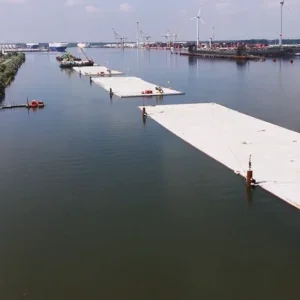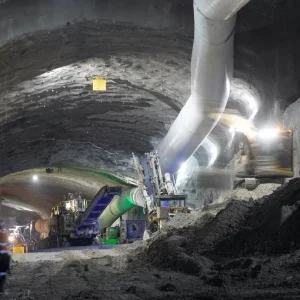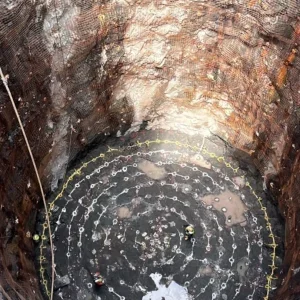Japan’s influential Asahi Shinbun daily reported that the expert panel set up by East Nippon Expressway Co to study the problem concluded that tunnelling on Tokyo’s outer ring road was the cause of the cave-ins and huge cavities. The sinkholes began on 18 October 2020, when a hole 5m wide and 5m deep appeared in the middle of a road in a Chofu City residential area.
According to the experts’ report, tunnelling on the Tokyo Gaikan Expressway had been going on more than 40m underground when the tunnel boring machine encountered difficulties mining the bedrock. When chemicals were used to facilitate the work, the result was over-excavation which created cavities in the crown area of the tunnel. The study also showed that the sinkholes occurred in areas of made-up ground which were further destabilised by a layer of sand and gravel.
The report’s findings are likely to have a knock-on effect on Central Japan Railway Co’s Linear Chuo Shinkansen project on which tunnels will be located at similar depths to those beneath Chofu.
Shinya Inazumi, professor of geotechnical engineering at Shibaura Institute of Technology, explained that working at depths of over 40m gave no guarantees of safety and required a different approach to that of traditional civil engineering.







